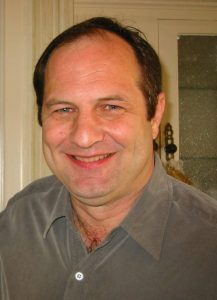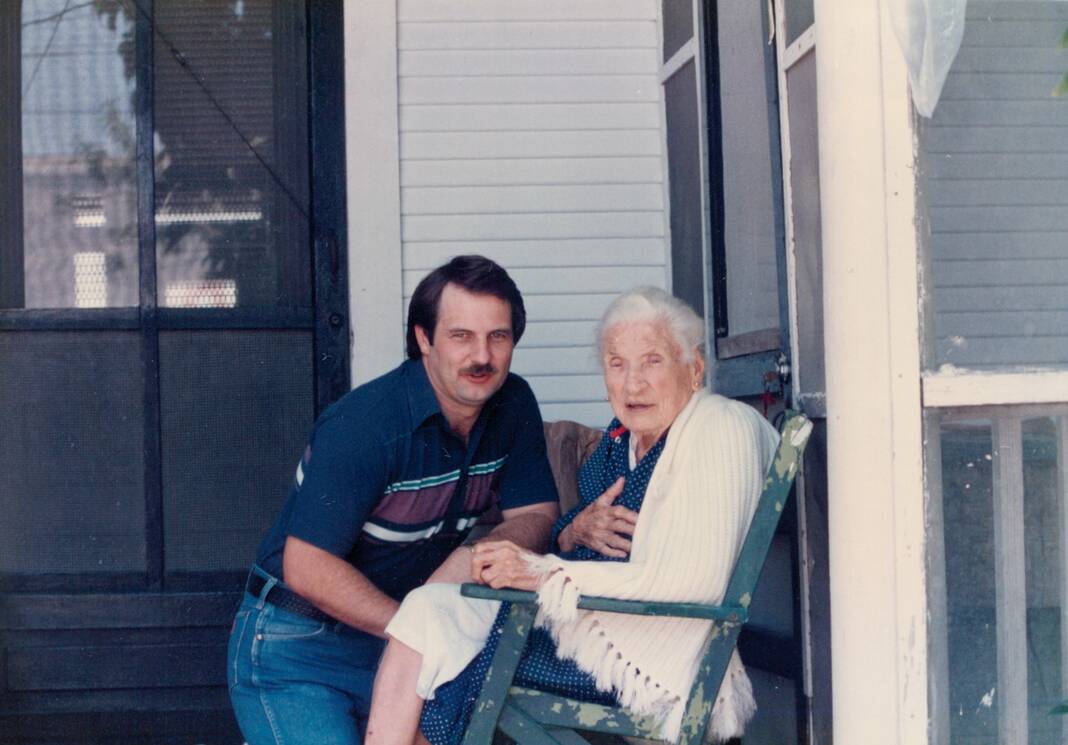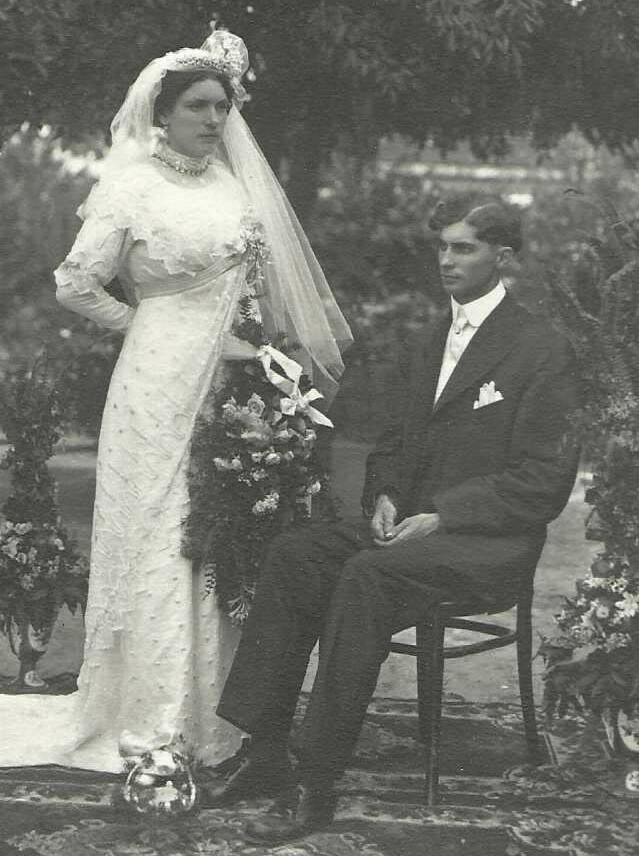|
Only have a minute? Listen instead
Getting your Trinity Audio player ready...
|

When Brownsville lost Doug Perkins, it lost not only a true friend but a flesh-and-blood link to its early history.
The Austin resident, who died Sept. 20 while vacationing with his wife on South Padre Island, was the maternal grandson of Robert Runyon, the self-taught botanist and photographer whose significant body of photographs chronicles Brownsville, the Rio Grande Valley and border region during the first two decades of the 20th century.
Runyon, who also served as Brownsville mayor and city manager in the 1940s, likewise discovered and cataloged a number of native plants, several of which are named for him, including Echeveria runyonii, or “Topsy Turvy,” a popular succulent, and Esenbeckia runyonii, or Runyon’s esenbeckia, widely considered the rarest tree in Texas.
Runyon coauthored a book on native Texas cacti in 1930 and published his own book, “Vernacular Names of Plants Indigenous to the Lower Rio Grande Valley of Texas,” in 1947, both works illustrated with his photos. Runyon was working on a third volume, “An Annotated List of the Flora of the Lower Rio Grande Valley” at the time of his death in Brownsville in 1968.
Perkins followed in his grandfather’s footsteps as a writer, publishing “Brave Men and Cold Steel: A History of Range Detectives and their Peacemakers” in 1984, “Yesterday and Today: The Best of Chuck-Wagon Cooking” in 1989, and “Journey’s Reward: Renaissance Man Robert Runyon, Pioneer Aviator P.A. Newman, and Entrepreneurship in the Borderlands” in 2019.
The latter book recounts his grandfather’s harrowing, week-long assignment to obtain photos for American newspapers of fighting in northeastern Mexico in 1913 during a critical juncture of the Revolution, with Newman — founder of the short-lived Brownsville Aeroplane Company — serving as Runyon’s driver.
Also in 1913, Runyon, a Kentuckian, married Matamoros native Amelia Leonor Medrano Longoria. They raised five children, including Perkins’ mother, Amali Runyon Perkins.
In 2022, Perkins published “Genealogy of the Descendants of Anthony Lawson of Northumberland, England, Vol. II,” with Perkins as editor and Amali as author. It was a follow-up to his grandfather’s Lawson family genealogy from the early 1950s.

A journalism graduate from University of Texas-Austin, Perkins helped his mother work with the Barker Texas History Center at UT-Austin and TSHA to organize and preserve Runyon’s thousands of photographs and life’s work. In 1989 he played a key role in bringing to fruition a six-month exhibition of his grandfather’s work and photos from the Valley.
Will McEntire, Perkins’ nephew and an Austin resident who’s taken on the mantle of family archivist, said his uncle’s work with the Barker Center since 1989 to preserve the Valley’s history deserves recognition.
“It took someone with organization … to help walk them through it and explain it,” McEntire said. “I think Doug had a passion and organizational skill that really helped preserve the history of the first two decades of the 19th century, which were pivotal moments for both countries.”
Perkins’ work is important to his family, obviously, but also to the history of the Valley, which he visited every year, McEntire said.
“He learned to speak Spanish and he loved trips to Matamoros and he loved his Mexican roots, which I think was equally as important to him as Robert Runyon’s work and the name that he made for himself,” McEntire said. “That’s kind of the Rio Grande Valley in a nutshell. It is so diverse and culturally mixed. Doug was a part of that and loved that about it.”
His uncle, who likewise inherited Runyon’s fascination with native Texas plants, was “the rock that everyone in our family loved,” he added.
“I think his ability to get along with everybody and be loved by everybody made him amazing, because we do come from an enormous family,” McEntire said. “Tying it back to the Rio Grande Valley, I think his love of family and history, kind of all those things mixed together, and his trips every single year to the (Valley) drove him and his passion to help preserve it.”

The house at 812 E. St. Charles St. where Robert and Amelia Medrano Runyon lived — she until her death in 1987 at the age of 95 — still stands, though the family no longer owns it. A photo taken in the mid-1980s shows Perkins with his grandmother on the front porch. McEntire said he’d love to do whatever he can to help preserve the house and the Runyon legacy in Brownsville if the opportunity ever arises.
Celeste Perkins McEntire, Will’s mother and Doug Perkins’ sister, noted that she and her brother had hoped to transform the St. Charles house into a Runyon museum and meeting center, but were ultimately unsuccessful.
“Doug and I made every effort to try and buy the house,” she said. “We visited so frequently with the city leaders to try to assist us in setting up a museum and establishing a garden and to have it like a meeting place for businesses, because it’s right downtown. We did everything we could but it just didn’t come to pass, which is unfortunate.”
McEntire described her brother as a “very special person” with a knack for unearthing fascinating details about their ancestors’ lives. The Dolph Briscoe Center for American History at UT-Austin today houses the Runyon collection thanks to her brother, who collected and assembled the massive trove, she said.
“He was so goodhearted,” McEntire said. “He was a gift. He was the keeper of all family knowledge.”



